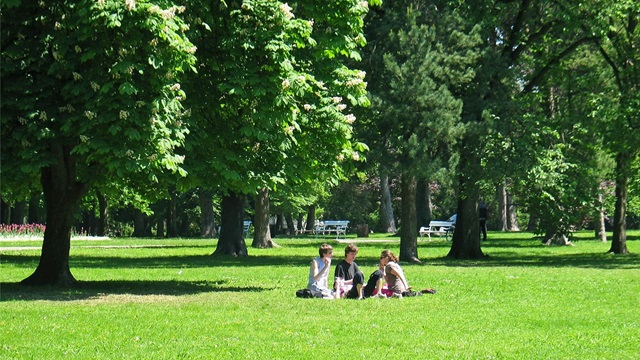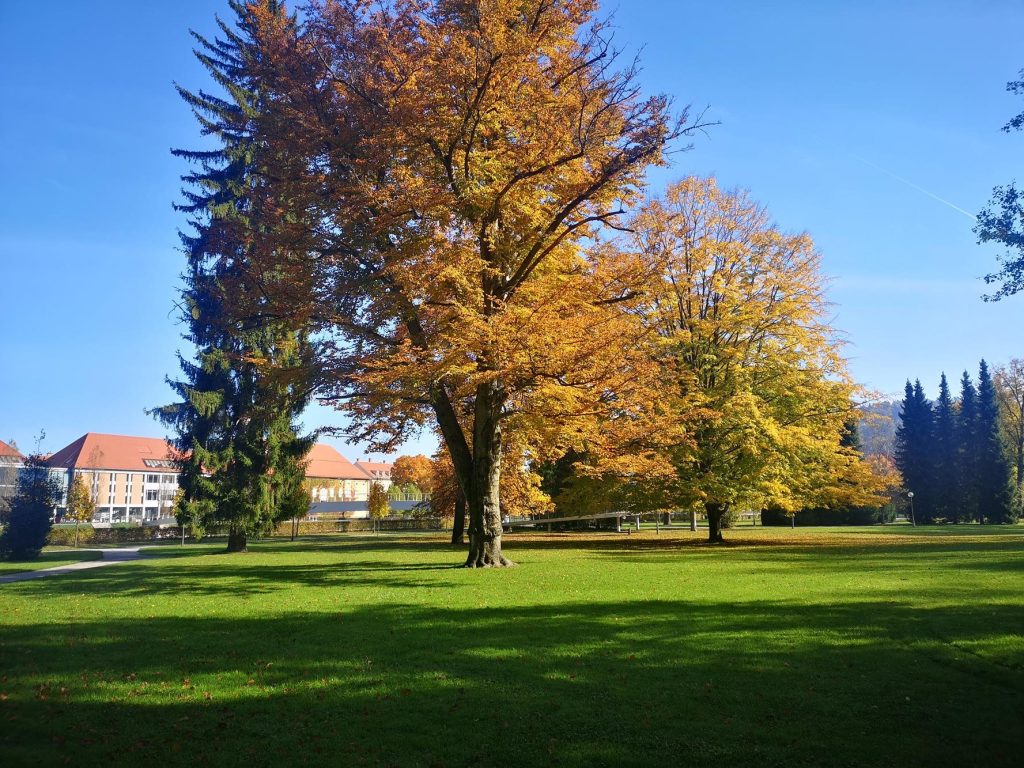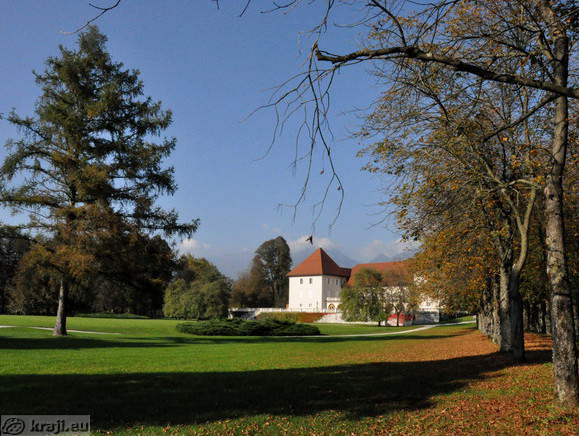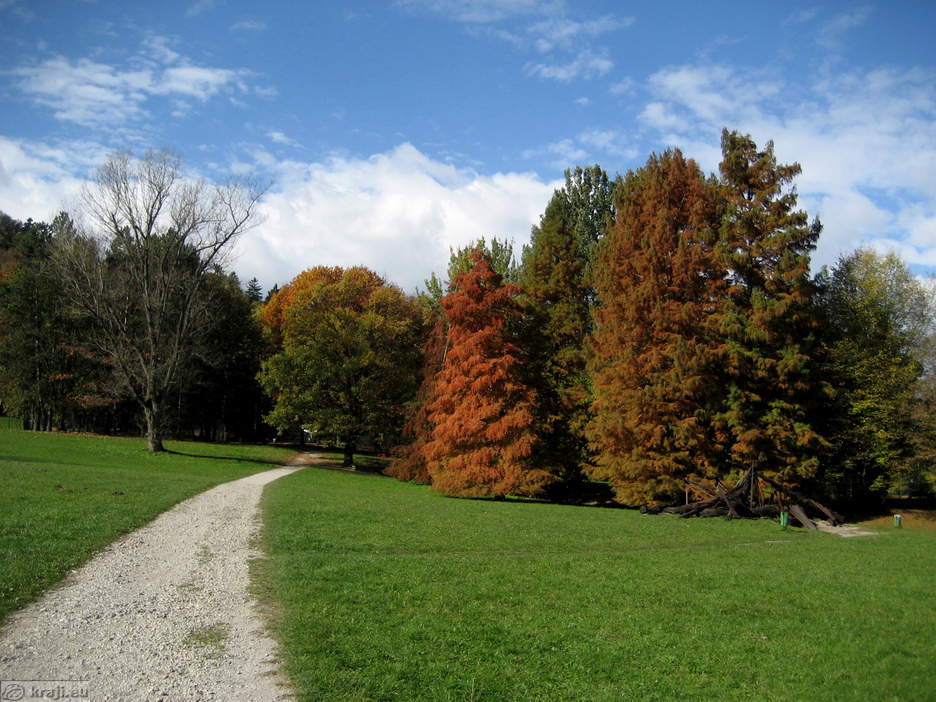
Urban trees are an indispensable part of the urban environment. They not only contribute to the aesthetic value of cities but also have important ecological, health, and social functions. In Slovenia, we are aware of the importance of urban trees; however, their management is often neglected.
Urban trees play a key role in the adaptation to climate change. They absorb CO2, clean air, retain rainfall and wind, and mitigate temperature extremes (https://ipop.si/2020/11/06/veliko-zanimanje-in-skrb-za-mestna-drevesa/). Ljubljana, awarded the title of European Green Capital in 2016, is aware of these benefits and takes special care of the city's trees (https://www.ljubljana.si/sl/aktualno/skrbimo-za-drevesa-v-mestu/).
In addition to their ecological functions, urban trees provide important health and social benefits. These contribute to better mental health, reduce stress, and promote physical activity.
Despite its many benefits, the management of urban trees in Slovenia is often professionally and systemically neglected. The public part of the municipal tree stock is managed by public utilities, whereas the rest of the trees are managed by anyone. This leads to unprofessional pruning, damage, and unnecessary felling of trees.
Examples from Slovenian cities
In Maribor, they faced challenges such as weevil infestation in the City Park, where several spruce trees had to be felled. However, new trees such as Caucasian fir, red pine, Atlas and Himalayan cedar have been planted, which are more resistant to pests and contribute to greater biodiversity. Unfortunately, new trees are often targeted by vandals, posing additional challenges for city authorities.

Celje Urban Forest is home to Slovenia's largest tree house, which is popular among visitors. In addition, the tallest tree in Slovenia, Pečovnik Douglasia, which measures 67.02 metres, was measured in the City Forest. Celje also boasts of a variety of adventure and educational trails that bring visitors into contact with nature.

more than 1 000 trees have been planted in Kranj in recent years, including a pear tree in Planina and the European Tree of Integration and Cooperation in Brdo pri Kranju. The Municipality of Kranj has also launched the ‘Adopt a Tree’ campaign, where residents and businesses can adopt a tree and contribute to its care.

Urban trees are key building blocks for sustainable cities. There are still many opportunities to improve the management of urban trees in Slovenia; however, positive developments are already visible. With proper care and planning, urban trees can contribute to a healthy and pleasant urban environment.
Sustainable development and urban trees
Sustainable urban development involves a holistic approach for the design, planting, and maintenance of urban trees. In Slovenia, there is growing awareness of the importance of sustainable management of urban trees, which includes educating and raising awareness of the importance of trees for a healthy and pleasant urban environment.
Additional examples of sustainable practices
The Municipality of Kočevje has established a catalogue of urban trees, which is used as a basis for planning tree management measures and planting new trees. At least 30-40 new trees are planted annually. Their responsible management earned them the title "World Tree City.”
In Ajdovščina, private donations were used to plant trees and shrubs and to learn about proper tree management.
The Carinthian company, Lesoteka, deals with the whole chain, from logging in the forests to the final product, the wooden house. Their main goal is to process wood at home and offer Slovenian wood to Slovenian consumers. They offer environment-friendly solutions by producing traditional log houses and modern houses made of cross-laminated timber.

How can I contribute to sustainable practice?
Everyone can contribute to sustainable practices by planting trees, caring for existing trees, educating others, or supporting local projects. Thus, we can create greener and more sustainable cities for future generations.